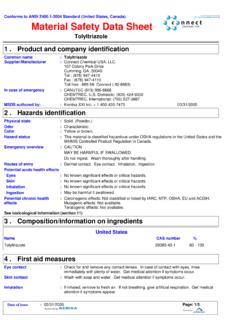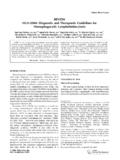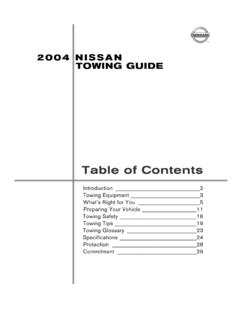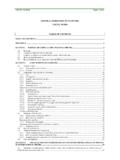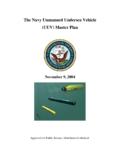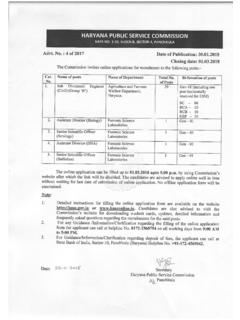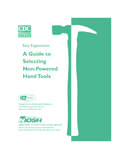Transcription of Overtime and Extended Work Shifts - Centers for …
1 Overtime and Extended work Shifts :Recent Findings on Illnesses, Injuries, and Health BehaviorsClaire C. Caruso, , M. Hitchcock, B. Dick, M. Russo, M. Schmit, S. Department of Health and Human ServicesCenters for Disease Control and PreventionNational Institute for Occupational Safety and HealthApril 2004 Ordering InformationTo receive documents or other information about occupational safety and health topics,contact the National Institute for Occupational Safety and Health (NIOSH) atNIOSH Publications Dissemination4676 Columbia ParkwayCincinnati, OH 45226-1998 Telephone: 1-800-35-NIOSH (1-800-356-4674)Fax: visit the NIOSH Web site at (NIOSH) Publication No.
2 2004-143 iiOvertime and Extended work ShiftsThis document is in the public domain and may be freely copied : Mention of any company, product, policy, or the inclusionof any reference does not constitute endorsement by Findings on Illnesses, Injuries, and Health BehaviorsForewordThe average number of hours worked annually by workers in the United States has increased steadily overthe past several decades and currently surpasses that of Japan and most of Western Europe. The influenceof Overtime and Extended work Shifts on worker health and safety, as well as on worker errors, is gainingincreased attention from the scientific community, labor representatives, and industry.
3 Hours of serv-ice limits have been regulated for the transportation sector for many years. In recent years, a number ofstates have been considering legislation to limit mandatory Overtime for health care workers. The volumeof legislative activity seen nationwide indicates a heightened level of societal concern and the timelinessof the issue. This document summarizes recent scientific findings concerning the relationship between Overtime andextended work Shifts on worker health and safety. The number of studies increased dramatically over thepast few years, but important research questions remain.
4 I am confident that this document will contributeto an informed discussion of these issues and provide a basis for further research and Howard, ,National Institute for Occupational Safety and HealthivOvertime and Extended work ShiftsPURPOSEThis report provides an integrative review of 52recently published research reports that examinethe associations between long working hours andillnesses, injuries, health behaviors, and perform-ance. The report is restricted to a description ofthe findings and methods and is not intended asan exhaustive discussion of all important issuesrelated to long working hours.
5 Findings andmethods are summarized as reported by the origi-nal authors, and the study methods are not criti-cally evaluated for quality. SUMMARYIn 16 of 22 studies addressing general healtheffects, Overtime was associated with poorer per-ceived general health, increased injury rates,more illnesses, or increased mortality. One meta-analysis of long work hours suggested a possibleweak relationship with preterm birth. Overtimewas associated with unhealthy weight gain in twostudies, increased alcohol use in two of threestudies, increased smoking in one of two studies,and poorer neuropsychological test performancein one study.
6 Some reports did not support thistrend, finding no relationship between long workhours and leisure-time physical activity (two ofthree studies) and no relationship with drug abuse(one study).A pattern of deteriorating performance on psy-chophysiological tests as well as injuries whileworking long hours was observed across studyfindings, particularly with very long Shifts andwhen 12-hour Shifts combined with more than 40hours of work a week. Four studies that focusedon effects during Extended Shifts reported that the9thto 12thhours of work were associated withfeelings of decreased alertness and increasedfatigue, lower cognitive function, declines invigilance on task measures, and increasedinjuries.
7 Two studies examining physicians whoworked very long Shifts reported deterioration onvarious measures of cognitive performance. When 12-hour Shifts combined with other work -related demands, a pattern of more adverse find-ings was detected across studies. Six studiesexamining 12-hour Shifts combined with morethan 40 hours of work per week reported increas-es in health complaints, deterioration in perform-ance, or slower pace of work . Two studies com-paring 8- and 12-hour schedules during day andnight Shifts reported that 12-hour night shiftswere associated with more physical fatigue,smoking, or alcohol use.
8 Two studies examiningstart times for 12-hour Shifts reported that decre-ments in alertness or more health complaintswere associated with early 6:00 start study examining 12-hour Shifts in hot workenvironments reported a slower pace of work ascompared with shorter Shifts . Another studyexamining high workloads during 12-hour shiftsshowed increased discomfort and deterioration inperformance as compared with shorter definitive statements about differencesbetween 8-hour and 12-hour Shifts are difficultbecause of the inconsistencies in the types ofwork schedules examined across studies.
9 Workschedules differed by the time of day ( , day,evening, night), fixed versus rotating schedules,speed of rotation, direction of rotation, number ofhours worked per week, number of consecutivedays worked, number of rest days, and numberof weekends off. All of these factors could haveinteracted with Overtime and influenced studyresults. Also, some studies did not report howmany hours participants worked per week orother details about the work Shifts , which compli-cated the assessment of their results. The manyExecutive SummaryvRecent Findings on Illnesses, Injuries, and Health Behaviorsdifferences in the 8- and 12-hour shift schedulesstudied may have accounted for their contradicto-ry studies have examined related topics, suchas the combined influence of shift work andovertime, or how worker control over their worktime and mandatory Overtime might influencetheir health.
10 Some studies examined functional abilities orinjuries during the 1stto 12thhours of work , butlittle has been reported about effects after the12thhour. Few studies have investigated theinfluence of long working hours on the healthand safety of women or older workers. Few stud-ies have explored how long working hours influ-ence workers with pre-existing health problems,or how the hours relate to symptom managementand the course of common chronic data are available regarding the influenceof occupational exposures ( , chemical, heat,noise, lifting)










